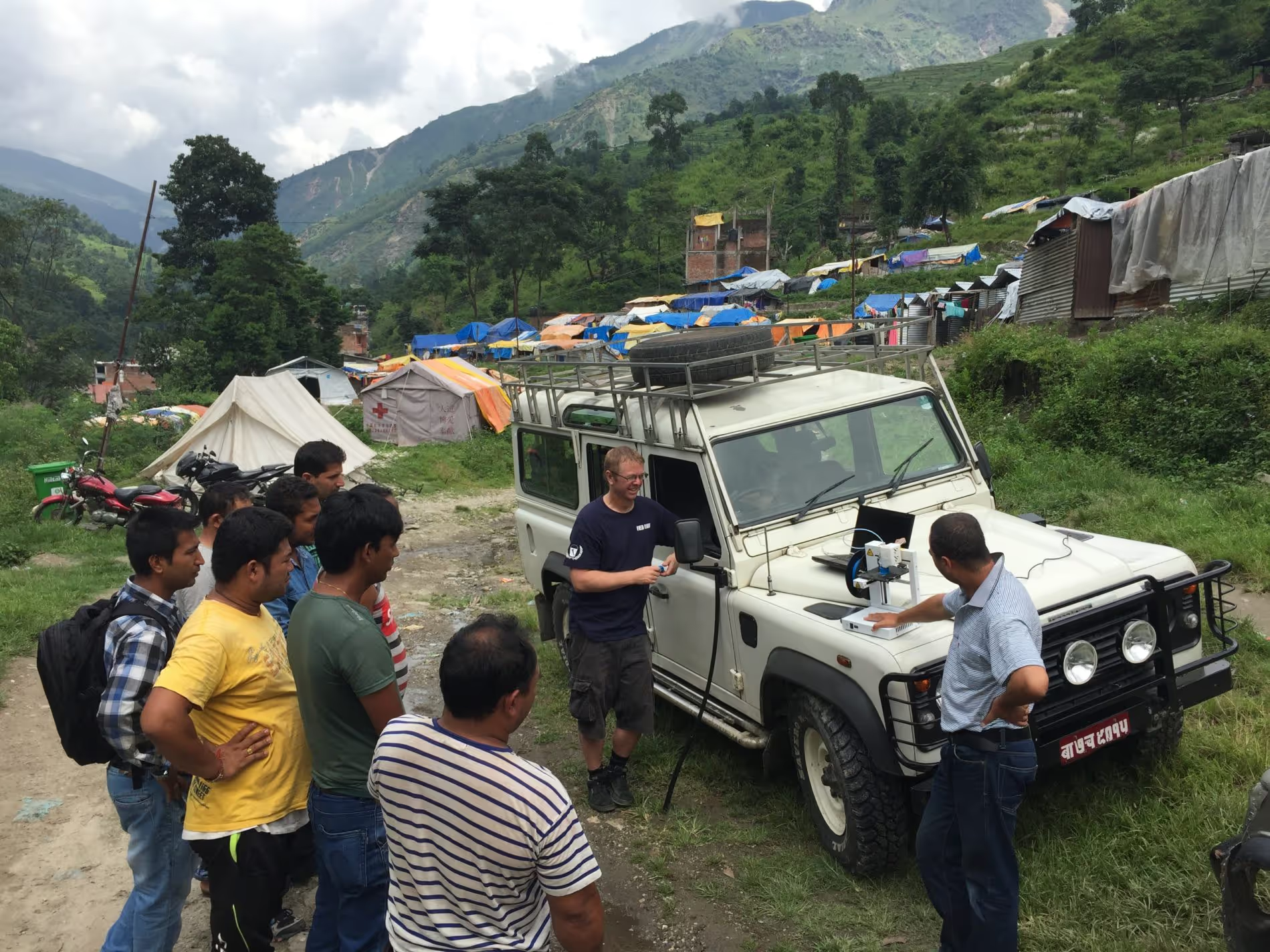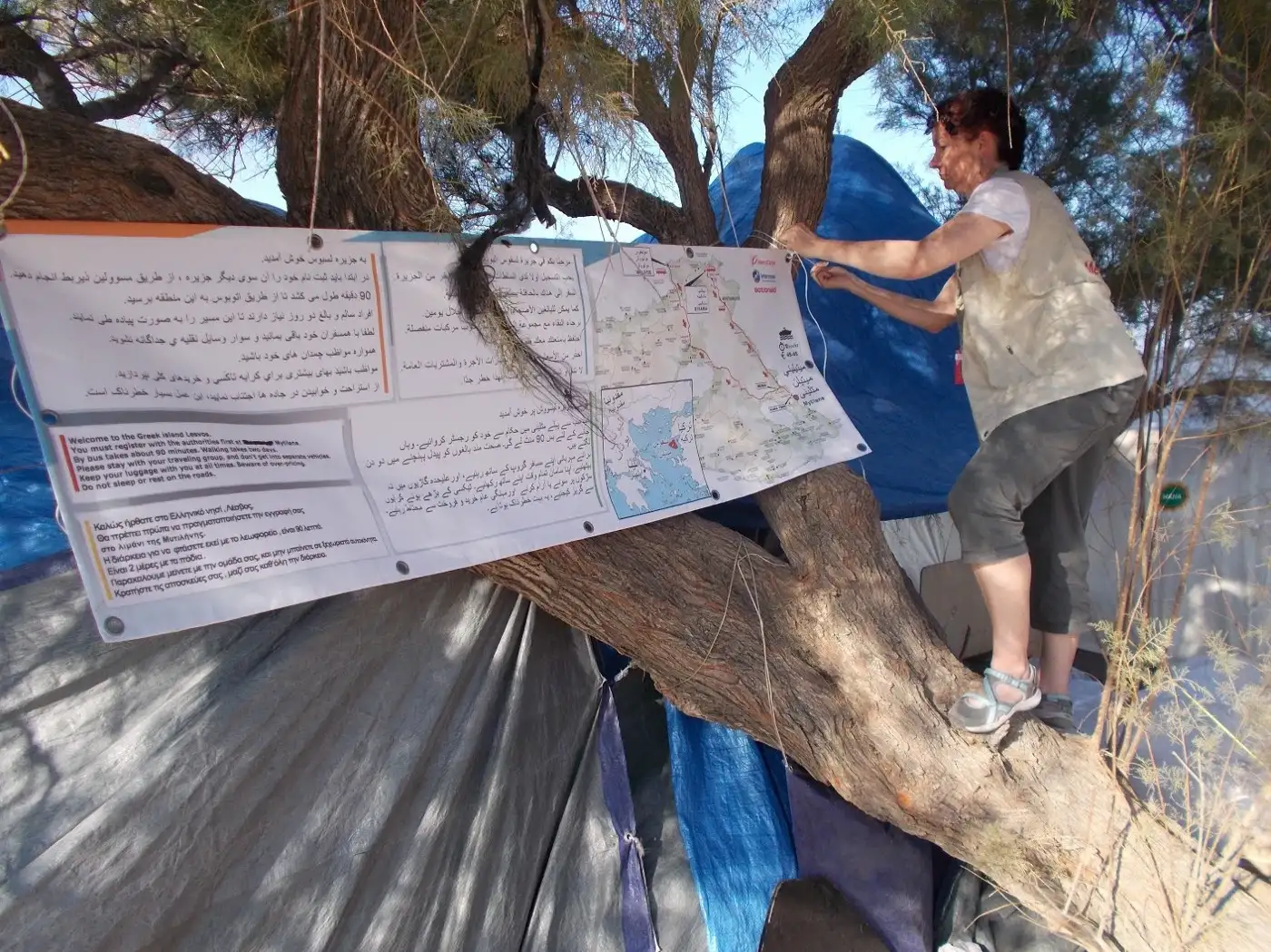Making funding innovation a less risky business

By Kathryn Ripley, Operations Director, Elrha.
This is the second blog in our new series on Scaling Humanitarian Innovation, which will delve deeper and unpack some of the most pressing barriers to scale highlighted in our recently published Too Tough to Scale report.
Despite increased investment in the area, scaling humanitarian innovations is still a big and ongoing challenge. In our report we explore why more innovations aren’t successfully scaling and identify 13 key barriers — from funding to uptake.
In this blog, we explore barrier one in challenge three, namely that:
Supporting an innovation to scale can be expensive and relatively high risk, which deters many donors from long-term financing.
We propose three solutions to this and are calling on others in the sector to work with us to tackle this barrier to scale.
Not enough money or not the right kind of money?
Funding, or rather, a lack of funding, is a common complaint amongst the humanitarian innovation community. It is true that investment for innovation in the sector remains extremely low compared to other industries at around 0.2% (see our Too Tough to Scale report, page 7).
But, an equally big issue is that funding for innovation is too restrictive.
We know, from our experience working with dozens of innovation teams, that this factor effectively acts as a constraint to scaling innovations. There is significantly more funding in the system for early-stage innovations than for scaling, and almost all funding is restricted to specific activities rather than being there to support core costs.
One of our extremely promising innovation teams told us that because they couldn’t find any funding opportunities to take their innovation to the next stage, instead they applied for money to reinvent their offer, simply to keep the project alive in the hope the funding situation would change in future.
With such limited resources for innovation in general, we must get better at allocating those resources effectively. It is a crying shame that promising innovations can’t get funding to support their journey to scale. It means that the energy and money spent developing and testing an innovation is lost, not to mention the lost opportunity to meaningfully improve humanitarian response.

Why do we prefer funding early stage innovations?
In our Too Tough to Scale report, we outline the risk-adverse nature of the sector in general and how this relates to funding innovation:
“While funding a small-scale pilot tends to have a high likelihood of failure, the impact of failing tends to be low, as the sunk cost at that stage is relatively small. However, when funding scaling activity, the opposite risk profile presents: likelihood of failure is reduced, because by that time there should be some evidence that the innovation works, and there should be a viable scaling strategy in place, including some confidence of the market for the innovation. But the impact of failure is much greater because the scaling activity is much more expensive than early-stage innovation, and there is more sunk cost by that time. This gives scaling activity a much higher overall risk profile as compared to earlier stages of the innovation cycle.”
Our hypothesis is that if we can increase funders’ comfort levels with the risk profile of innovations, then they are more likely to fund innovations that are more advanced in the innovation cycle that need greater funds to progress. This in turn should rebalance the proportion of funding across the innovation cycle. They may also be more comfortable giving unrestricted funding.
Here are three ways we could collectively increase funders’ comfort levels with the risk profile of innovations:
Risk Mitigation #1 — Reduce the risk of project failure
It goes without saying that innovators must take risk management seriously and ensure they are proactively mitigating risks throughout the innovation cycle.
Innovation hubs/labs/accelerators and global innovation actors and even funders also have a role to play here. They can put reporting mechanisms in place to ensure that innovators are managing risks effectively. Elrha requires regularly updated risk assessments from the innovation teams we support, and recently the UK Department for International Development (DFID) have requested evidence of this for each innovation supported through an intermediary like Elrha.
However, it would also be extremely useful to an innovation funder to see key outputs at each funding decision point. Key outputs would vary depending on the innovation stage but would be deliverables such as high-quality challenge briefs (see the first blog in this series for more discussion on these), increasingly robust impact assessments, and solid, detailed scaling and sustainability plans.
These could act as stage gates and would enable those who manage innovation processes — hubs, labs, accelerators — to more easily understand and compare the risk profile of different innovations, and support innovators to think about how they can de-risk the next stage of funding.
Risk Mitigation #2 — Reduce the risk of portfolio underperformance
Our second proposal is to divide the funding stages for innovation into a greater number of smaller but coherent pots. This would be more in line with the private sector and would mean that funding could be released in smaller tranches, reducing the impact of any one project failing.
This is something Ian Gray and Kurt Hoffman argue for in their Finance Case Study[1] where they outline how “some new businesses will have gone through between five and seven equity financing phases (some even make it to IPO) without turning a profit” while in the humanitarian sector, “the funding phases are modelled on the simple innovation stages, rather than on a sliding scale of risk…there are instead large jumps between each stage of innovation that have unrealistic expectations on the reduction of risk (through the provision of evidence of impact/progress) between those stages”.
Risk Mitigation #3 — Purposefully engineer the innovation funding environment
If key actors in humanitarian innovation can be satisfied with the levels of risk inherent in each stage of funding, then our third proposal is to engineer the funding environment for innovators so that appropriate levels of funding are available at each stage of the innovation cycle. To do this would require upfront research and significant collaborative action.
In terms of the research, we’d need:
- A more accurate estimate of the amount of funding directed to humanitarian innovation, and this would need to be broken down by stage of innovation and potentially by thematic area too
- To know success / failure rates of innovation at each stage of the cycle
From this information we’d be able to ascertain the optimum amount of funding that should be directed to each stage of the process, to ensure that all innovations with the potential to scale have the appropriate funding.
In the absence of this significant piece of research, we could look at best-guess estimates in the short term based on our own collective experiences of running innovation programmes.
Significant collaboration would then be needed by humanitarian innovation funders, global innovation actors, and innovation hubs/labs/accelerators to map out what they have funded and re-balance portfolios. In an ideal world we’d be looking for a funding environment where any innovation that was funded at an early stage could progress until such time as it failed or achieved success at scale.
Working together to overcome barriers to scale, one step at a time!
At Elrha we are committed to progressing these discussions. We will be talking to those who manage innovation processes — hubs, labs, accelerators and global innovation actors as well as donors of humanitarian innovation — through round table discussions throughout 2019 to understand if this proposal is something they could adopt across the sector.
Details of these ongoing conversations and progress across our calls to action from our Too Tough to Scale report will be shared widely with the humanitarian community.
Together, we can address these systemic barriers to scale.
[1] See Finance case Study, Ian Gray and Kurt Hoffman, May 2015, pp17–19. Available online.
Stay updated
Sign up for our newsletter to receive regular updates on resources, news, and insights like this. Don’t miss out on important information that can help you stay informed and engaged.
Explore Elrha
Learn more about our mission, the organisations we support, and the resources we provide to drive research and innovation in humanitarian response.